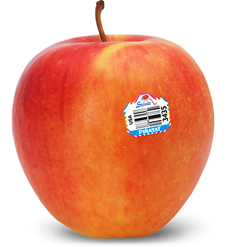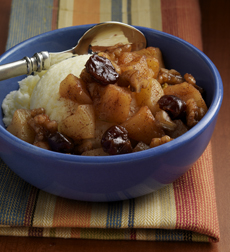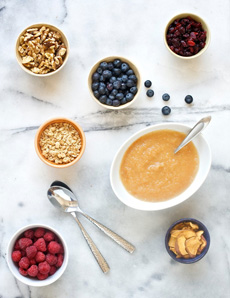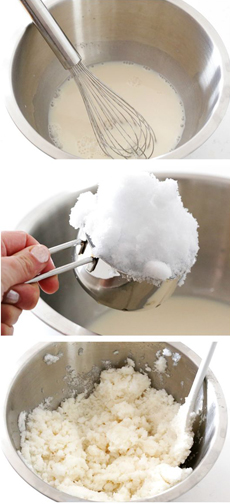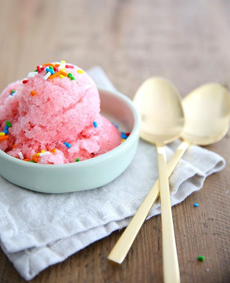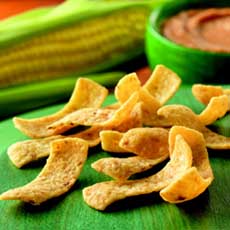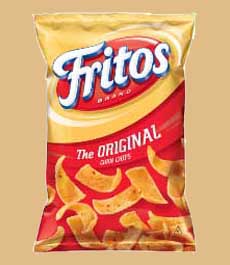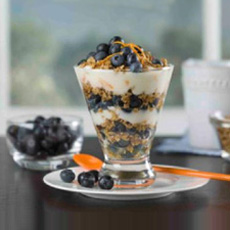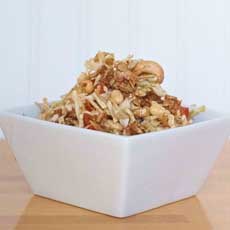|

[1] Kefir as a midday snack or even a better-for-you dessert (photo © Viktorija | Fotolia).
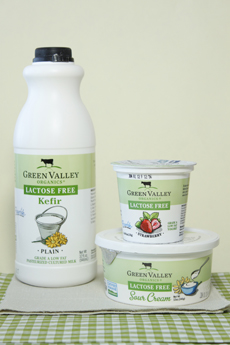
[2] Green Valley Organics makes lactose-free dairy products, including kefir, yogurt, sour cream and cream cheese. They’re a godsend to dairy lovers with lactose intolerance (photo by Elvira Kalviste | © THE NIBBLE).

[3] If you’re sensitive to cow’s milk, or simply prefer goat’s milk, turn to Redwood Hill Farms kefir (photo © Redwood Hill Farm).
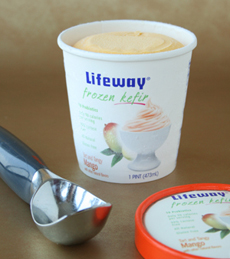
[4] Bottom: Frozen kefir is an alternative to frozen yogurt with a higher probiotic content (photo by River Soma | THE NIBBLE.
|
|
Media attention is so interesting. In terms of “healthier options,” we’re blanketed with pitches for kale and quinoa, hummus and Greek yogurt, even juice bars.
But we haven’t heard anything on probiotics in ages. In case you don’t remember: Probiotics are beneficial bacteria that help to promote digestive health and enhance the immune system. Five years ago, probiotics were the “it” food ingredient.
Today’s tip is to take a look at kefir, a highly probiotic beverage that is also highly delicious.
WHAT IS KEFIR
Kefir, pronounced kuh-FEAR, is a tart fermented milk beverage. It is often called “drinkable yogurt,” although the recipes for yogurt and kefir vary (see below).
In fact, kefir is even healthier than yogurt. It has been called “super yogurt,” since it is up to 36 times more probiotic than yogurt.
Kefir is believed to have originated some 2,000 years ago among the shepherds of the Caucasus Mountains region—today’s Russia, Georgia and Azerbaijan.
In more modern times, it has long been enjoyed instead of milk, tea or other beverages in northern and middle Europe and the countries of the former USSR.
As our “January Healthy Foods Month” winds down, we offer up kefir as a must-try.
You can drink it at breakfast, lunch and snack time—or enjoy frozen kefir for dessert.
MODERN KEFIR
Kefir drinkers have benefited from the the explosion of the yogurt category over the last few decades.
What was once only plain, rustic kefir is now a vibrant category of yummy, lowfat, probiotic smoothies—so satisfying that you can substitute them for milkshakes when you want a sweet treat.
You can find all the standard fruit flavors (banana, berry, peach and pomegranate, for example) as well as seasonal ones. Lifeway Kefir alone offers Cranberry, Eggnog, Pumpkin Spice and Watermelon flavors.
There are veggie flavors, too. Lifeway makes vegetable kefirs in Beet, Cucumber and Tomato.
There are conventional lines and organic brands.
For frozen yogurt lovers, there’s Lifeway Frozen Kefir.
KEFIR AS A HEALTH FOOD
Kefir is not only delicious, it’s therapeutic. It contains millions of live and active probiotic cultures that clean and strengthen the intestines and help the body with healing and maintenance functions.
People have been touting the numerous healing effects of kefir since the early 18th century.
It has been used to treat allergies, atherosclerosis, cancer, candidiasis, digestive disorders, heart disease, hypertension, HIV, metabolic disorders, nervous system disorders, osteoporosis and tuberculosis.
While kefir isn’t the panacea many believed it to be, it is a very healthy food, chock full of beneficial bacteria and yeast.
It contains numerous vitamins, minerals, amino acids and enzymes, including healthy doses of calcium, magnesium, phosphorus and vitamins A, B2, B12, D and K.
Kefir contains a substantial amount of tryptophan, one of the essential amino acids that is known for its relaxing effect on the nervous system. Some people see it as a “calming” drink.
But the reason most people seek out kefir is for digestive health: help from the millions of probiotic bacteria in each serving.
Probiotic bacteria, which are live and active cultures, occur naturally in the digestive tract, where they help promote a healthy balance, good digestion and overall intestinal vitality.
People with digestive problems need more of these cultures than their systems naturally contain.
|
KEFIR FOR THE LACTOSE-INTOLERANT
Raw kefir. Some mildly lactose-intolerant people can enjoy kefir, as long as it is is raw and not cooked (cooking destroys the lactase enzyme, which digests the milk sugar, lactose). Read the labels, and if you can’t find raw kefir in your regular market, check the nearest health food store.
Lactose-free kefir. There’s lactose-free kefir for people with a higher degree of lactose intolerance. Green Valley Organics, a brand of lactose-free dairy products we can’t live without, makes not just kefir and yogurt, but cream cheese and sour cream.
Goat’s milk kefir. For those who prefer goat’s milk, there’s Redwood Hill goat kefir. People who are mildly lactose intolerant can often tolerate goat’s milk products. Lovers of fresh goat cheese may like the affinity.
THE DIFFERENCES BETWEEN KEFIR & DRINKABLE YOGURT
There are several differences between yogurt and kefir, including how each is made, the types of bacteria present in each, and the flavor and consistency.
Of greatest interest to those who seek probiotics for digestive health, is that kefir and yogurt contain different types of probiotic bacteria, which perform differently. And, as noted earlier, kefir has up to 36 times more beneficial bacteria. Net net, kefir is better for digestion.
Yogurt. The beneficial bacteria in yogurt help keep the digestive tract clean and provide food for the friendly bacteria found in a healthy gut. They pass through the digestive tract and are called transient bacteria.
Kefir. The bacteria in milk kefir can actually colonize the intestinal tract and team up with the beneficial bacteria that live there. Kefir also contains contains some yeasts.
If you’d like to drill down into the details of the differences, a great source is CulturesForHealth.com. The website can also guide you to making your own kefit, yogurt, and other cultured products at home.
MORE TO DISCOVER
All about probiotics in our Probiotics Glossary.
All the different types of yogurt and kefir products in our Yogurt Glossary.
|
